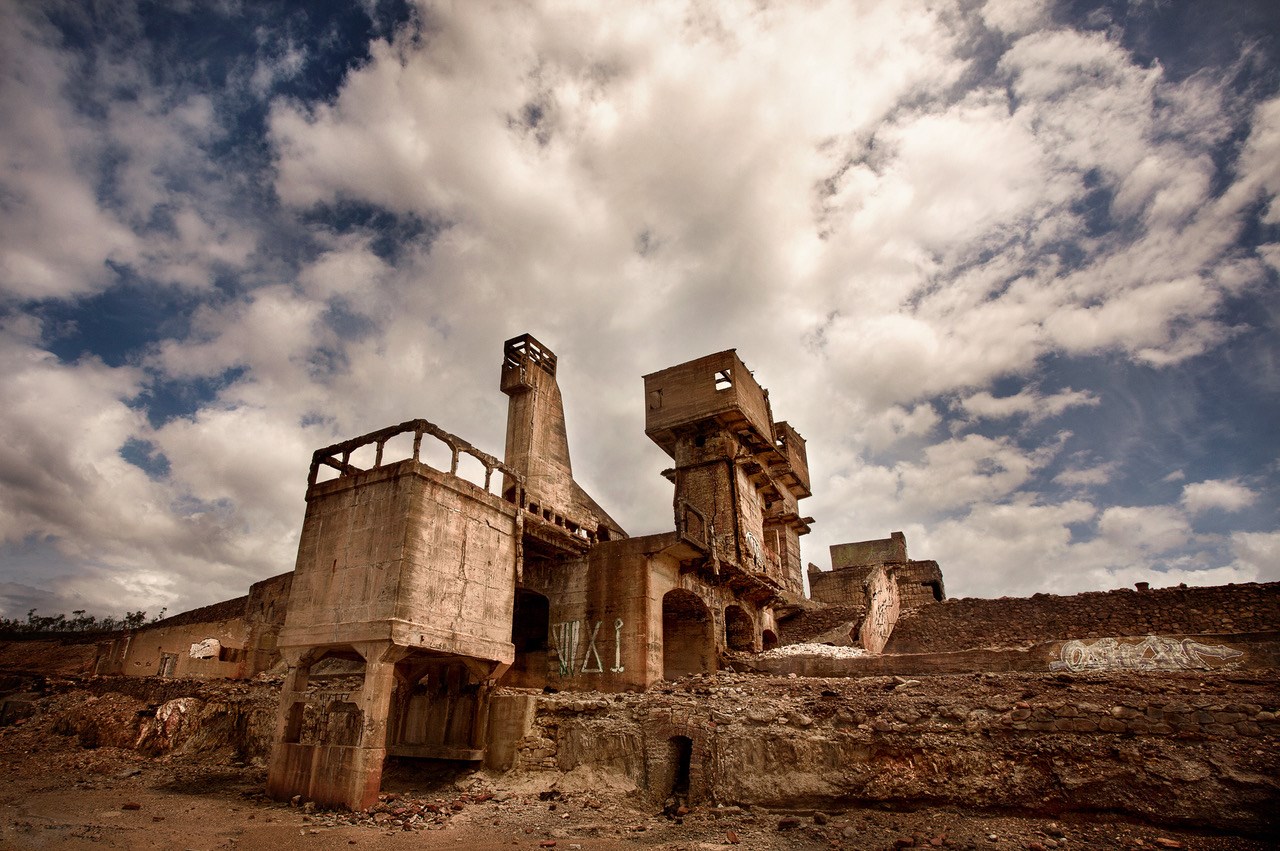MALACATE
MALACATE

Promoter: Cepa Torta - Cultural Association
Partners:Røros Kommune
Lise Wulff
Município de Mértola
EEA Grants: 301.215,12
Total Amount: 354.370,73
Programme:MALACATE is a multidisciplinary artistic intervention project created specifically for the São Domingos Mine (Mértola): a place with a remarkable history of mining exploration, as evidenced by the industrial building of impressive aesthetic value that still exists. MALACATE will be the vector of a contemporary and innovative artistic work, which will emerge from the encounter between locals and a community of national and international artists, supported by a wide process of community mediation.
It is characterized as an open-air performance gallery that, like MALACATE - industrial transduction equipment - creates connections between the mine and the outside, between what is hidden and what is revealed, between the past and the contemporary and between the real and the fiction. It is from the nature of the place and its people that a diversified cultural offer is developed, with enormous potential to attract audiences of all ages and origins.
MALACATE seeks to become an agent of territorial and community regeneration, affirming itself as an unavoidable place for cultural fruition on a regional scale, with an impact on the attractiveness for locals, as well as for external visitation flows. It also aims to improve the quality of life of the residents and broaden their horizons, creating a place of cultural enjoyment that is unique in the country, based on its aesthetic potential, which is a true open-air museum, creating a new layer, through contemporary artistic dynamics, in the field of performing and visual arts. Through a transnational cooperation between Companhia Cepa Torta and the Municipality of Mértola, Røros kommune (Norway) and Lise Wulff (Norway), the goal is to promote a new vision of the São Domingos Mine through the action of artistic practice and work from, with and for the local community, creating a contemporary image of the place, not erasing its industrial past, but reoccupying the different spaces with new memories and meanings.